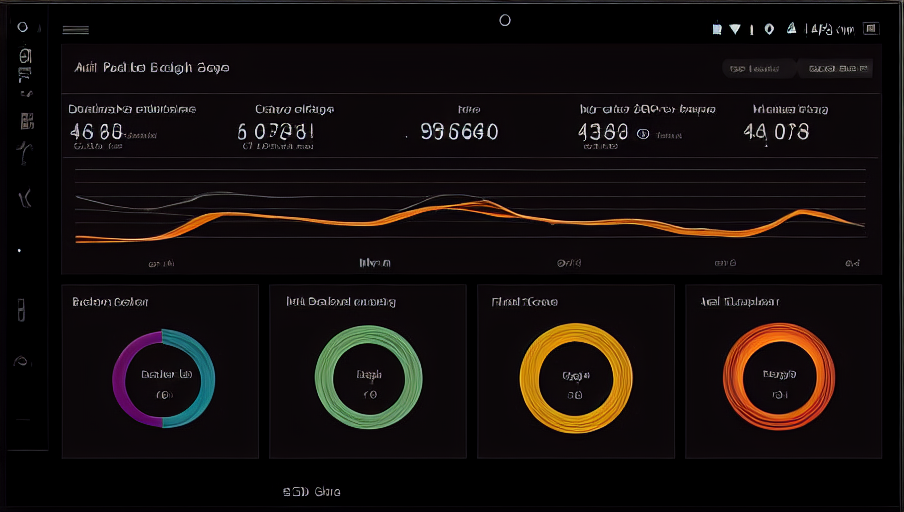Observability Pillars

This post is part of the Grafana-Ecosystem series.
Introduction⌗
In today’s complex IT landscape, understanding system behavior is no longer a luxury, but a necessity. Traditional monitoring often falls short, providing only snapshots of isolated metrics. This is where observability comes in – a powerful approach that goes beyond traditional monitoring by providing deep insights into how your applications and infrastructure function.
At the heart of observability lie signals, the fundamental building blocks that paint a comprehensive picture of system health and performance. Signals are the individual pieces that come together to tell a complete story about your system.
What are Signals?⌗
Signals are data points generated by your systems that provide information about its state, behavior, and performance. They can be structured (like metrics) or unstructured (like logs), but they all serve as pieces of a puzzle, collectively revealing the story of how your system operates.
For example: imagine you’re trying to troubleshoot a slow-loading web application. Without observability, you might only see isolated metrics like CPU usage or memory consumption. But with signals, you can combine logs, metrics, and traces to understand exactly what’s happening – from the user’s request to the server’s response.
Types of Observability Signals⌗
There are four main types of observability signals:
Logs: Detailed records of system events, errors, and interactions.Metrics: Quantifiable data about system performance, such as CPU usage or memory consumption.Traces: A timeline of a specific request or transaction, showing how it flows through the system.Profiles: Continuous monitoring of system performance, highlighting bottlenecks and areas for optimization.
Here’s a brief overview of each:
Logs⌗
Logs provide a detailed record of system events, errors, and interactions. They’re like a diary of your system’s behavior, helping you understand what happened, when it happened, and why it happened.
- Example: A log entry might show that a user attempted to access a resource that was temporarily unavailable.
- Tools: Tools like
ELK(Elasticsearch, Logstash, Kibana) orSplunkhelp you collect, process, and visualize logs.
Metrics⌗
Metrics provide quantifiable data about system performance. They’re like a snapshot of your system’s health at a particular moment in time.
- Example: A metric might show that CPU usage is consistently high during peak hours.
- Tools: Tools like
PrometheusandMimirhelp you collect, process, and visualize metrics.
Traces⌗
Traces provide a timeline of a specific request or transaction, showing how it flows through the system. They’re like a video recording of your system’s behavior, helping you understand exactly what happened.
- Example: A trace might show that a user’s request was delayed due to a slow database query.
- Tools: Tools like
Jaeger,TempoorZipkinhelp you collect and visualize traces.
Profiles⌗
Profiles provide continuous resource utilization of specific part of code in an application. It measures the usage of CPU cycles and/or memory. Memory profiles identify parts of code that consume high memory and should be refactored. CPU profiles explain which function consumes what percent of CPU time.
- Example: A profile might show that a specific function is consuming excessive memory.
- Tools: Tools like
PyroscopeorNew Relichelp you collect and visualize profiles.
Correlating Events⌗
While each signal type provides valuable information on its own, their true power lies in their interconnectedness. By combining logs, metrics, traces, and profiles, you can gain a deeper understanding of your system’s behavior and identify issues more effectively.
- Example: Combining logs and traces might show that a specific error is caused by a slow database query.
- Tools: Tools like
Grafana,SplunkorELKhelp you correlate events across different signal types.
Conclusion⌗
By grasping the concept of observability and its fundamental building blocks – the signals – IT teams can unlock unprecedented insights into their systems. This empowers them to proactively address issues, optimize performance, and deliver exceptional user experiences.
With observability, you can:
- Reduce mean time to detect and resolve problems
- Improve system reliability and availability
- Enhance user experience through faster issue resolution and optimization
- Gain a competitive edge in today’s fast-paced IT landscape
References:⌗
Other posts in this series
- Grafana Ecosystem
- Observability Pillars
- Distributed Loki architecture